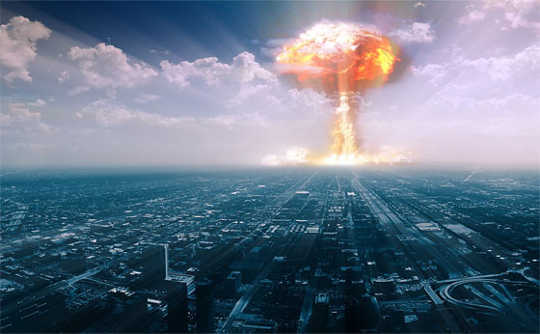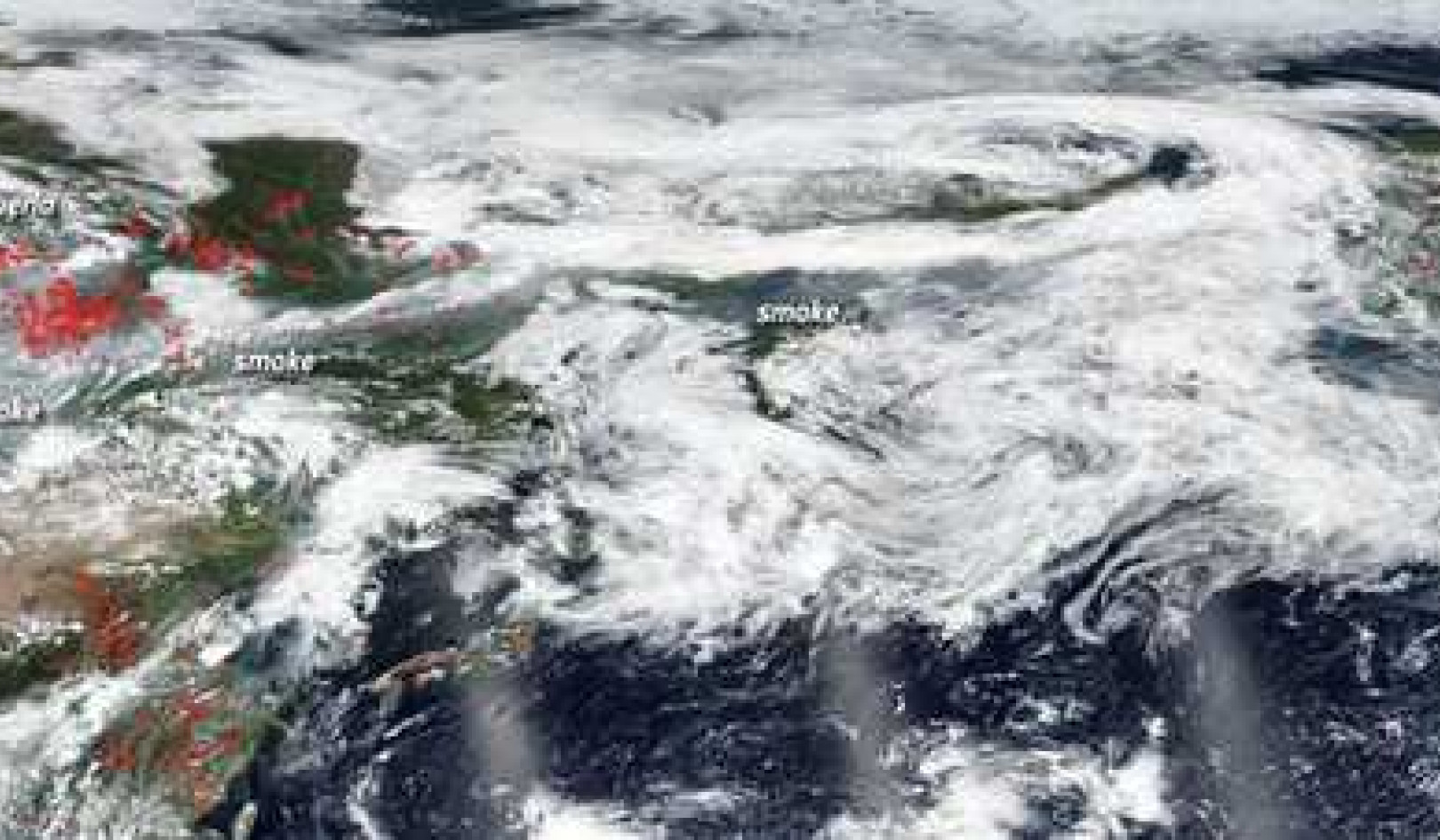
The risk of thermonuclear war has rarely been greater. But despite the growing threat, the general public are less prepared than they ever have been to cope with an attack. With Trump in the White house, Putin in the Kremlin, North Korea testing ballistic missiles and the perilous state of military security, nuclear war is a real possibility.
It would kill millions (perhaps billions) of people, leave many more seriously injured, coat the planet in radioactive fallout and destroy the ecosystem. The Doomsday clock, which measures how close we are to apocalypse, has been moved from five to three minutes to midnight. Time is short – but the UK is not ready.
The reason the UK is so poorly prepared can be traced back to fairly recent times. In May 1980, the government created a series of public information films, radio broadcasts and the booklet Protect and Survive, which has now been reissued by The Imperial War museum. (The museum has said this is not in response to the current political situation, but as part of the first major exhibition on the anti-war movement.)
Protect and Survive was widely mocked for its advice, which included painting windows with white emulsion to reflect the heat flash from a nuclear explosion, storing water in toilet cisterns, and guidance on how to bury and label the dead. In response, the BBC showed a bleak film called Threads which showed how useless the advice would have been for most city dwellers. The Campaign for Nuclear Disarmament produced a version called Protest and Survive.
The failure of Protect and Survive is the reason the UK doesn’t have public information on how to prepare for a nuclear war today.
My research reveals that the Home Office repeatedly attempted to resurrect Protect and Survive throughout the 1980s. It was hoped that a new and improved public information campaign would include the use of deep nuclear shelters, make provision for vulnerable people, and promote collective planning for a nuclear attack. The Home Office even employed an advertising agency which surreptitiously attended CND meetings to keep an eye on the opposition.
The planned new version of Protect and Survive would also cover advice on preparing for a chemical or biological attack. The Home Office’s failed aim was to produce a fresh public information package, including as many as 20 new television films to be produced by 1987.
But there are three reasons why it never happened. First, other government departments, particularly the Foreign Office and the Ministry of Defence, did not want the population to be reminded that Britain was the base for a new range of US nuclear weapons. In 1982, the Home Defence committee considered that fear of embarrassing the US military would be a good reason not to issue new guidance on protection against nuclear attack. It stated in a secret memo:
In the light of experience at Greenham Common, the United States might be concerned about the further focusing of public attention on their UK installations.
Second, new psychological studies had appeared which suggested that people might not be willing to follow any government advice in the event of a nuclear war. A Home Office report, “Population response to war”, written in 1982, decided that the social and economic burden on the UK might be such that the country would never recover.
Faced with social collapse on such a massive scale, it was predicted that the population would simply not follow official advice. People would try and escape rather than staying at home and hoarding food, in line with government guidelines. It was also predicted that the majority of the population would suffer from clinical depression after a nuclear attack and be mentally unable to follow instructions.
Finally, there was deep and vocal opposition to civil defence in the United Kingdom. The advertising agency commissioned by the Home Office considered the general public to be apathetic and fatalistic with regard to their prospects for survival. Some local authorities declared themselves “nuclear free zones” and refused to consider civil defence measures. Even though a proportion of the population would have welcomed some form of advice, the critics made it difficult to produce any information that would not be immediately rejected in the media.
Ignorance is bliss
In 1989, the Berlin Wall fell and the pressing need to create a civil defence campaign disappeared along with the Cold War. Apart from some generic information on national emergencies, it is currently almost impossible to find out what we should do in the event of a nuclear attack. In some ways, this is what the government intended even before Protect and Survive, which was originally supposed to be released only if the prospect of a nuclear war looked likely.
Indeed there are good reasons for keeping us unaware. Releasing guidance may cause anxiety and even make other countries suspicious that our preparations are a sign that we intend to strike first.
On the other hand, if the government does intend to issue information at the last minute then it is taking a huge risk as to whether it can get the advice out in time. If an accidental launch, or an unexpected first strike, occurs then there may be no time. Maybe now is the right time to buy that reprinted copy of Protect and Survive – just in case.
About The Author
John Preston, Professor of Education, University of East London. Protect and Survive is published to coincide with IWM’s major new exhibition People Power: Fighting for Peace
This article was originally published on The Conversation. Read the original article.
{youtube}n82pfo-LzXY{/youtube}
Related Books
at InnerSelf Market and Amazon























